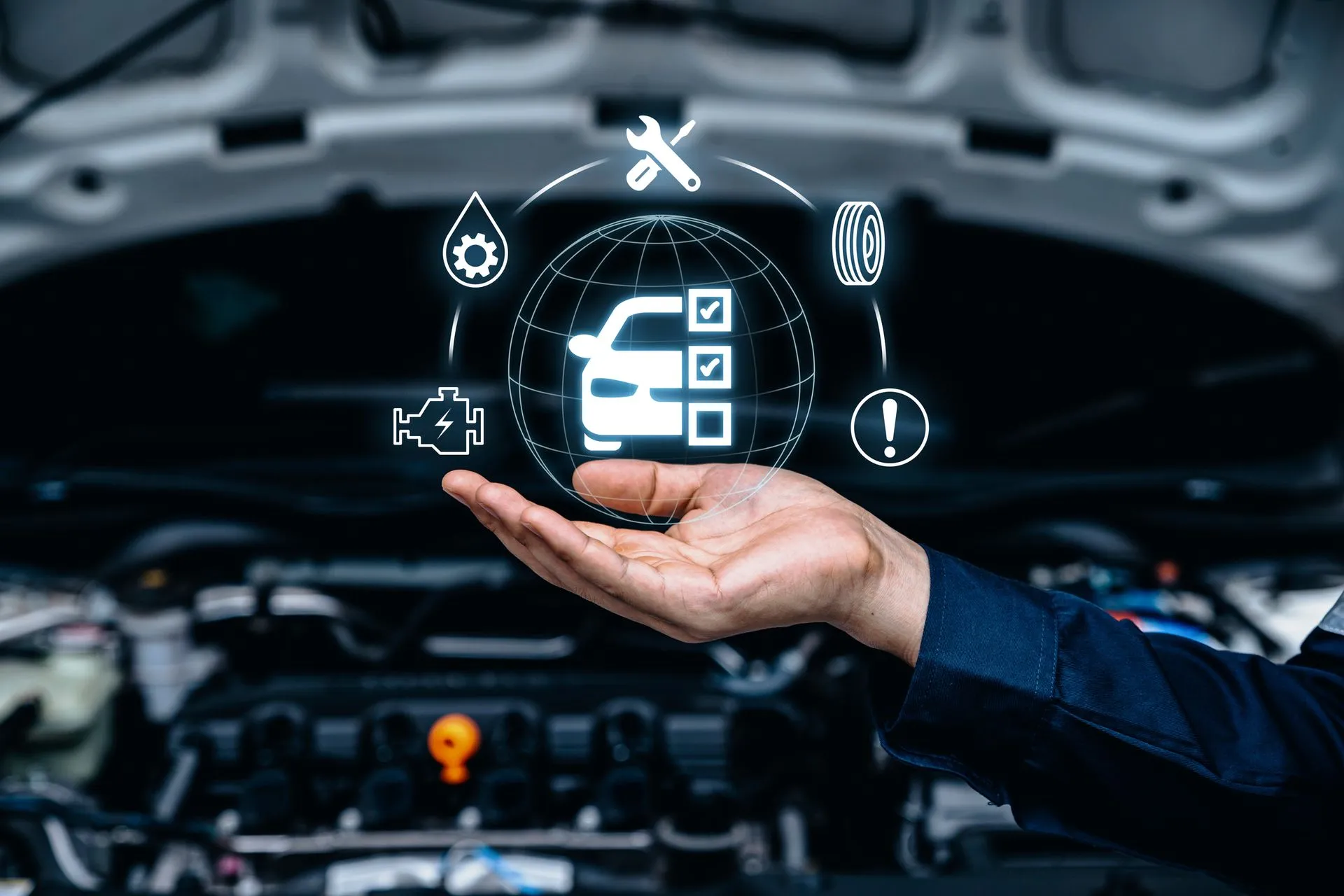How to Maintain Your Car for Maximum Performance and Longevity
Owning a car is a significant investment, and proper maintenance is essential to ensure its longevity and optimal performance. Routine maintenance not only extends the life of your vehicle but also improves safety, fuel efficiency, and overall driving experience. This comprehensive guide will cover all aspects of car maintenance, from basic upkeep to advanced servicing, helping you keep your vehicle in top shape.
Table of Contents
- Regular Maintenance Checklist
- Engine Care and Maintenance
- Tire Maintenance and Safety
- Brake System Inspection and Care
- Battery Maintenance
- Fluid Levels and Their Importance
- Exterior and Interior Maintenance
- Seasonal Car Maintenance Tips
- Fuel System and Efficiency Optimization
- Common Car Maintenance Mistakes to Avoid
- Advanced Car Care Tips for Maximum Performance
- Conclusion
1. Regular Maintenance Checklist
To ensure your car runs smoothly, follow this essential maintenance checklist:
- Oil and Filter Change – Every 5,000-7,500 miles
- Tire Rotation and Alignment – Every 6,000-8,000 miles
- Brake Inspection – Every 10,000 miles
- Battery Check – Every 12 months
- Coolant and Fluid Levels – Every 3 months
- Air Filter Replacement – Every 12,000-15,000 miles
| Maintenance Task | Frequency |
|---|---|
| Oil Change | 5,000-7,500 miles |
| Tire Rotation | 6,000-8,000 miles |
| Brake Check | 10,000 miles |
| Battery Inspection | Annually |
| Coolant Check | Every 3 months |
| Air Filter Change | 12,000-15,000 miles |
2. Engine Care and Maintenance
Regular Oil Changes
The engine is the heart of your car, and regular oil changes are crucial to prevent wear and tear. Always use high-quality engine oil and change the oil filter as recommended in your vehicle’s manual.
Check Engine Light Issues
If the check engine light turns on, use an OBD-II scanner to diagnose the issue or take your car to a mechanic for inspection.
3. Tire Maintenance and Safety
Proper Tire Pressure
Under-inflated tires can reduce fuel efficiency and increase wear. Check tire pressure monthly and inflate to the manufacturer’s recommended PSI.
Tread Depth Inspection
Use the penny test to check tire tread. Insert a penny into the tread; if Lincoln’s head is visible, it’s time to replace the tires.
4. Brake System Inspection and Care
Brake pads and rotors should be checked every 10,000 miles. Squeaking noises or a spongy brake pedal indicate the need for maintenance.
5. Battery Maintenance
Cleaning Terminals
Corrosion buildup on battery terminals can hinder performance. Clean terminals with a baking soda and water solution.
Testing Voltage
Use a multimeter to check battery voltage. A healthy battery should read around 12.6 volts.
6. Fluid Levels and Their Importance
Essential Fluids to Monitor
- Engine Oil
- Transmission Fluid
- Brake Fluid
- Coolant
- Power Steering Fluid
- Windshield Washer Fluid
7. Exterior and Interior Maintenance
Regular washing and waxing protect the car’s paint. Vacuuming and using leather or fabric protectants keep the interior in top condition.
8. Seasonal Car Maintenance Tips
- Winter: Check antifreeze levels and battery charge.
- Summer: Ensure the air conditioning system is functioning properly.
9. Fuel System and Efficiency Optimization
Use high-quality fuel and keep the fuel injectors clean by using fuel system cleaners periodically.
10. Common Car Maintenance Mistakes to Avoid
- Ignoring warning lights
- Using the wrong type of oil
- Skipping scheduled maintenance
- Neglecting tire rotations
11. Advanced Car Care Tips for Maximum Performance
- Upgrade spark plugs for better ignition efficiency
- Use synthetic oil for longer engine life
- Keep sensors clean for optimal performance
12. Conclusion
Regular maintenance is the key to keeping your car running smoothly and efficiently. By following this guide, you can extend your vehicle’s lifespan, improve safety, and enjoy a hassle-free driving experience.


